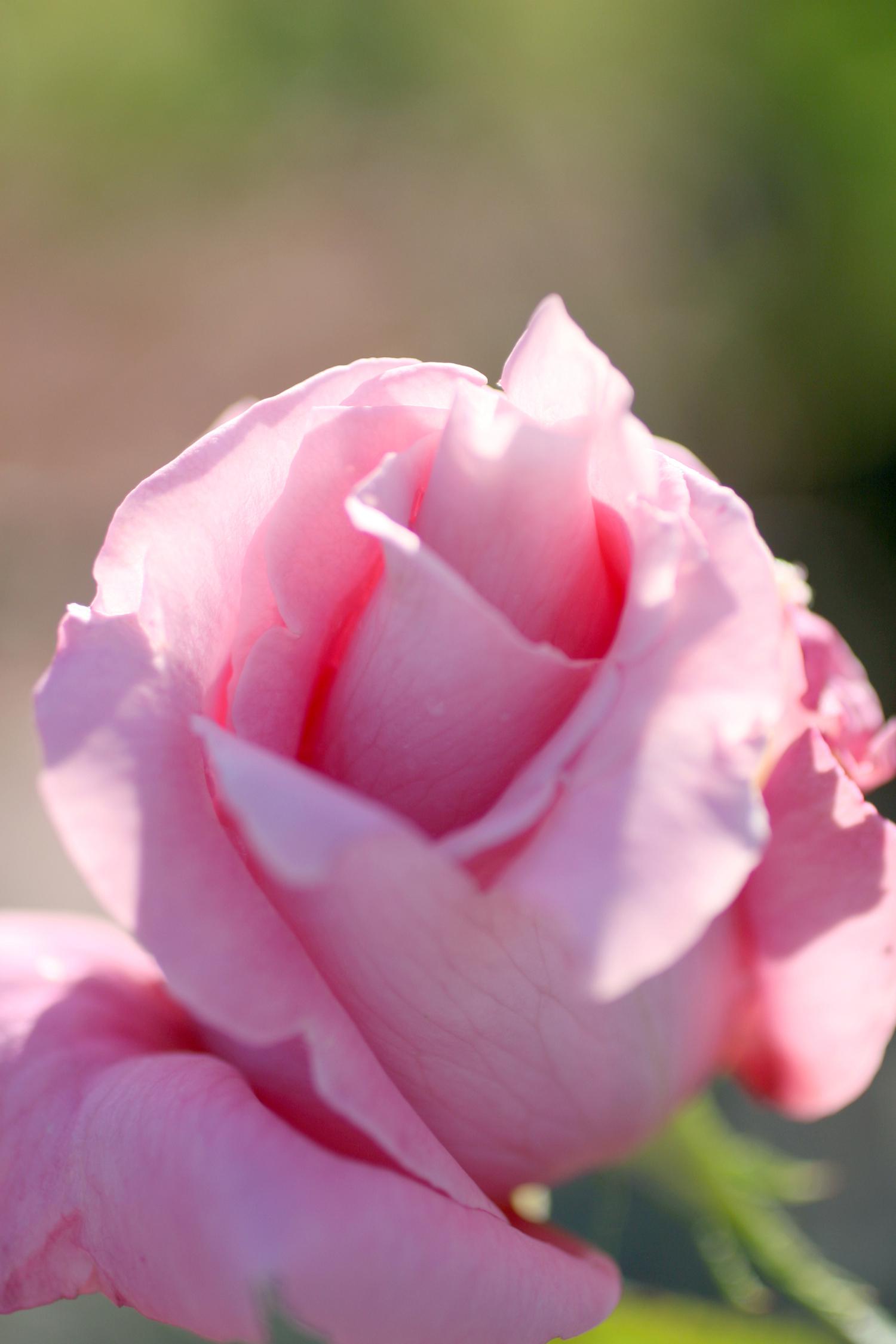Information Possibly Outdated
The information presented on this page was originally released on February 3, 2014. It may not be outdated, but please search our site for more current information. If you plan to quote or reference this information in a publication, please check with the Extension specialist or author before proceeding.
Valentine's roses make long trek to area florists
A major gift-giving holiday is fast approaching. If your first thought was Christmas, you’re about 10 months early and in serious trouble.
Of course I’m referring to Valentine’s Day, and the most frequently given gift by far is flowers. What is the most popular flower given on Valentine’s Day? If you said roses -- then, ding, ding, ding -- you’re a winner. But have you ever wondered how we can walk into almost any florist and find these beautiful flowers available in the dead of winter?
Our Valentine’s roses are true world travelers, and the routes they take from field to florist are truly amazing.
Most of our cut roses are grown in Ecuador and Columbia, primarily because of their consistent growing conditions and predictable weather. These farms are close to the equator, which means there is little change in day length through the year. High altitudes contribute to the more intense sunlight conditions with moderate temperatures.
We import more than 1.3 billion stems of roses each year, and this number increases annually.
The roses must be harvested daily when the flower is at the perfect stage. Harvest too early, and the rose won’t open; harvest too late, and the rose won’t have a long vase life. Some growers even use special bud wraps to keep the buds from opening too soon.
After an early-morning harvest, the rose stems are taken to a cold room where the low temperatures help slow the flowers’ inevitable decline. Here, the roses are processed, graded and packed in bunches. They are transported in refrigerated trucks to the airports at Quito or Bogota.
By the end of the next day, the roses are on a flight to Miami, which receives about 88 percent of all cut flowers coming into the U.S. In the two weeks before Valentine’s Day, 12 to 15 million rose stems arrive daily in Miami, where they are inspected for insects and diseases. The roses continue their journey by plane and truck to their final destinations across the country.
Roses picked on Monday in Ecuador or Columbia are ready for sale at your local florist by Friday at the latest.
After the long journey your roses have experienced, it makes sense to give these world travelers the best care. Here are some tips to help achieve the longest vase life.
As with any plant, water is the most important consideration. Keep the stems in water as much as possible to keep the roses looking fresher longer. Change the water and recut the flower stems every couple of days. Remove about a one-half inch of stem each time to preserve optimum water uptake.
Use a commercial cut-flower food to extend vase life. For a homemade recipe, add a little bit of sugar to feed the flowers and a few drops of mouthwash to help inhibit bacterial growth in the vase water. Keep the bouquets out of direct sunlight and away from vents blowing warm air. Higher temperatures encourage faster flower decline, which is why florists always keep their flowers in coolers.
So be considerate to these world travelers when you give or receive a gift of roses this Valentine’s Day.








